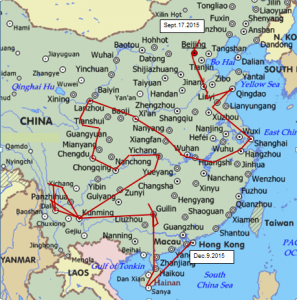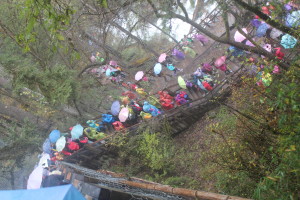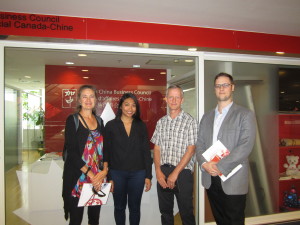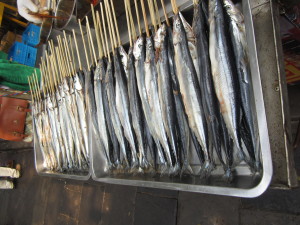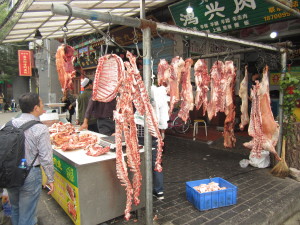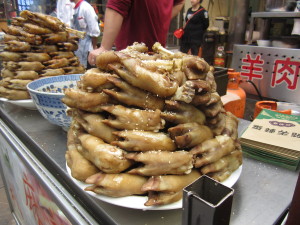Happy Valentine’s Day!

“I love you as mice love rice.”, as the saying apparently goes in China. While celebrating Valentine’s Day with chocolates, flowers, and gifts, is a relatively new phenomenon in China, romance has long been strong in the Middle Kingdom. The “Butterfly Lovers” is a Chinese legend telling a tragic love story of a pair of famous lovers from 1600 years ago. Their love story is considered to be the Chinese version of Romeo and Juliet.
Our favorite displays of Chinese romance were in the public parks – senior’s love mostly. Great numbers would waltz and spin daily beneath the leafy foliage. In another secluded corner crooners would belt out love songs with support from their portable music systems. Some couples would get their pre-work exercise with a lively game of badminton.
Young couples can be seen in public parks throughout the country having wedding photos taken in elaborate clothes, with red the most popular color choice. And though we saw little overt shows of affection – hand holding, kissing in corners – our overall impression was that romance is alive and well in China.

